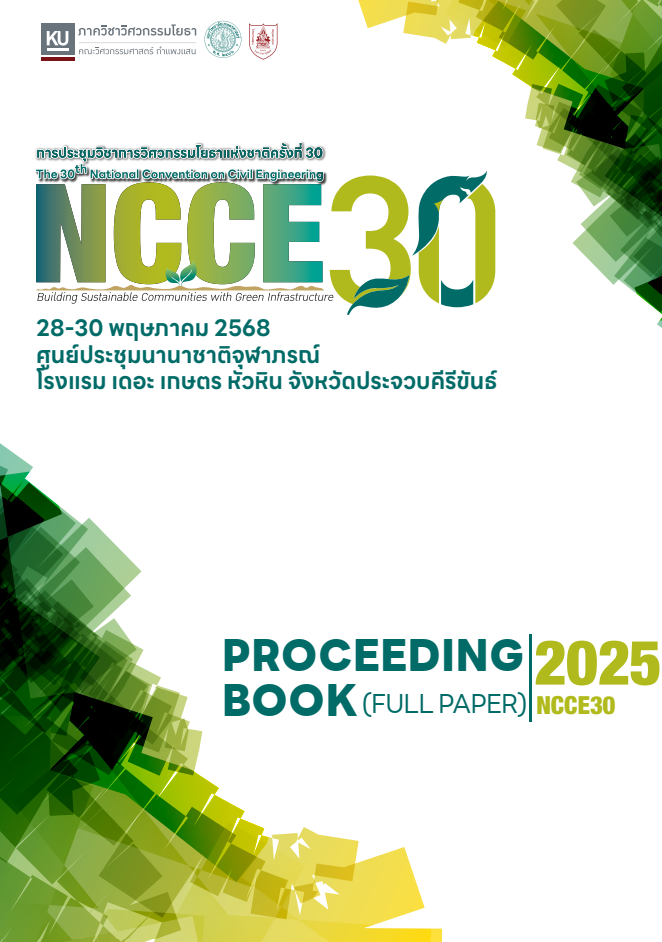Automatic Adaptive SBFE-SERA Approach for Structural Topology Optimization under Dynamic Forces
คำสำคัญ:
Scaled boundary finite element, Topology optimization, Sequential Element Rejection and Admission, Implicit time integration, Padé expansionบทคัดย่อ
Structural topology optimization under dynamic loads has become increasingly important for designing efficient structures. This study investigates topology optimization techniques by adopting the Scaled Boundary Finite Element Method (SBFEM) and the Sequential Element Rejection and Admission (SERA) algorithm to optimize 2D structures subjected to dynamic loads. The SERA method creates virtual and real domains, which are sorted independently. It is demonstrated that optimization results differ when a single list of sensitivity numbers is used, leading to distinct additions or removals of elements. In dynamic response topology optimization problems that rely on timedependent analysis, the computational effort is significantly higher due to the need for time integration. The time-history equivalent static load is computed using high-order implicit time integration with partial fractions based on Padé expansions. Additionally, to broaden the application of structural topology optimization, this study incorporates the Adaptive Design Domain (ADD) method. The ADD method significantly improves structural performance by simultaneously optimizing the material layout and expanding the design space.
ดาวน์โหลด
เผยแพร่แล้ว
วิธีการอ้างอิง
ฉบับ
บท
การอนุญาต
ลิขสิทธิ์ (c) 2025 Engineering Institute of Thailand

This work is licensed under a Creative Commons Attribution-NonCommercial-NoDerivatives 4.0 International License.
บทความที่ได้รับคัดเลือกนำเสนอในการประชุม NCCE ถือเป็นลิขสิทธิ์ของวิศวกรรมสถานแห่งประเทศไทย ในพระบรมราชูปถัมภ์ (วสท.) (Engineering Institute of Thailand)


